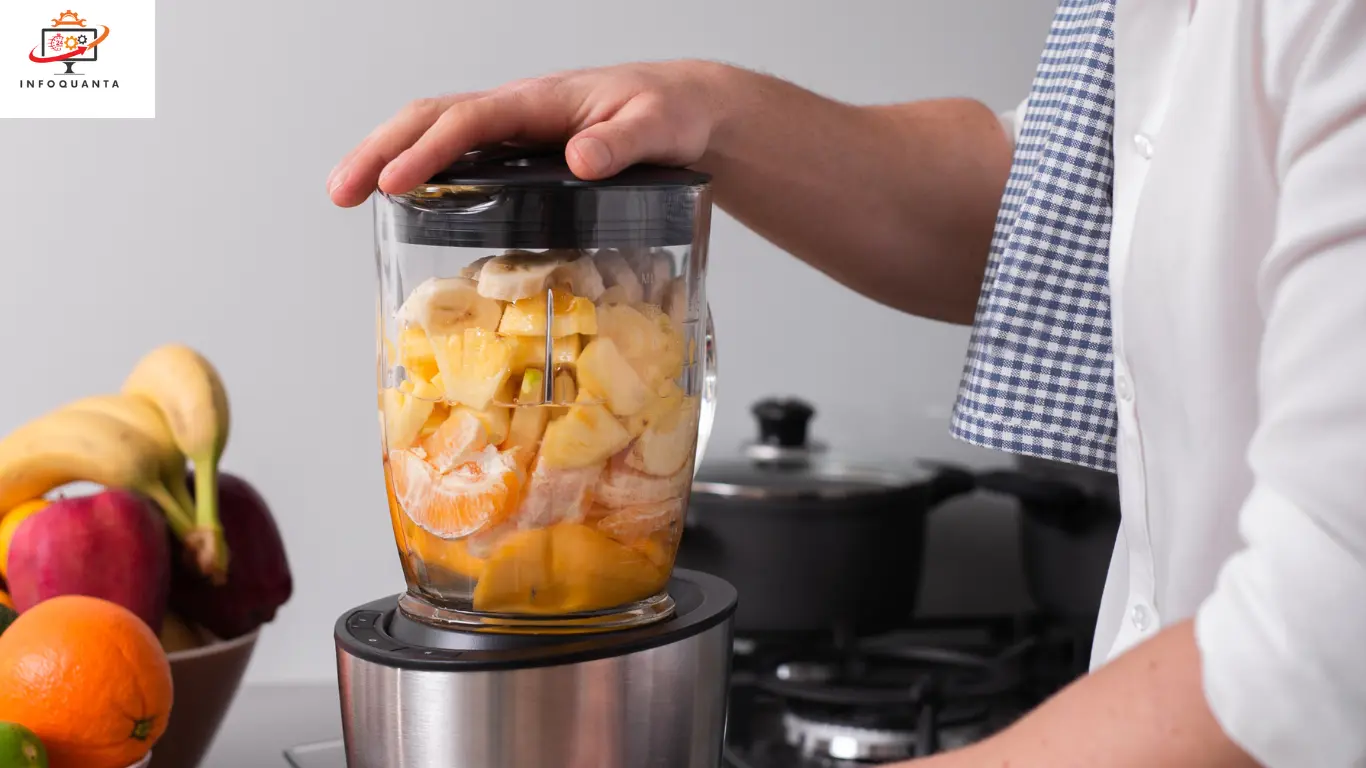Food precursors play a pivotal role in the creation of delectable dishes, elevating flavors from mere ingredients to culinary masterpieces.
This blog post delves into the fascinating world of food precursors, exploring their significance in enhancing taste profiles and how they relate to the use of blenders as food processors. Additionally, we’ll compare the capabilities of a Ninja blender and a traditional food processor, while addressing frequently asked questions related to this topic.
1: Food Precursors-Overview
Food precursors are naturally occurring compounds found in various ingredients that undergo chemical reactions during cooking or food processing, transforming into the characteristic flavors we savor. These compounds lie dormant until specific conditions, such as heat or enzymatic reactions, trigger their transformation, unlocking complex tastes and aromas.
1.Maillard Reaction: The Browning Miracle
One of the most famous food precursors is the Maillard reaction, responsible for the delightful aromas and colors of toasted bread, roasted coffee, and grilled meats. This reaction occurs between amino acids and reducing sugars when subjected to heat, producing a myriad of flavor compounds.
2.Caramelization: The Sweet Symphony
Caramelization, another essential food precursor, results from the breakdown of sugars under high temperatures. The process yields rich, sweet flavors, and golden-brown hues seen in caramelized onions and desserts like crème brûlée.
3.The Umami Magic: Glutamic Acid
Umami, often referred to as the fifth taste, derives its savory goodness from glutamic acid, a naturally occurring amino acid present in foods like tomatoes, mushrooms, and aged cheeses. Umami contributes to the depth and complexity of flavors in a dish.
2: Can I use blender as food processor?
1.Understanding Blender Functionality
Blenders are versatile kitchen appliances designed primarily for creating smoothies, shakes, and purees. They operate by blending ingredients at high speeds, resulting in a smooth, consistent texture.
2.The Blending Limitations
While blenders excel at liquidizing and pureeing, they may not be as effective for tasks that require precision chopping, slicing, or grating due to their blade design and the lack of interchangeable attachments.
3.Creative Workarounds
Though not ideal for all food processing tasks, blenders can still assist in some scenarios. By using pulse settings and small quantities of ingredients, blenders may achieve coarser chopping or making breadcrumbs.
3: A Ninja Blender vs. A Food Processor
1.Ninja Blender: The Jack-of-All-Trades
Ninja blenders are popular for their ability to handle various blending tasks with ease. They often come with multiple speed settings and powerful motors, making them versatile appliances in the kitchen.
2.Traditional Food Processor: The Master of Precision
Food processors, on the other hand, are purpose-built machines for tasks like chopping, shredding, and slicing. With specialized attachments, they offer precise control and consistent results.
3.Which to Choose?
The choice between a Ninja blender and a food processor depends on your specific culinary needs. If you primarily require blending and occasional processing, a high-quality blender like a Ninja can be a great all-in-one solution. However, for heavy-duty and precise food processing tasks, a dedicated food processor may be the better option.
4: FAQs
1.What other food precursors exist beyond the Maillard reaction and caramelization?
There are numerous food precursors, including enzymatic reactions, lipid oxidation, and fermentation, which contribute to the diversity of flavors in the culinary world.
2.Are food precursors present in raw ingredients, or do they develop during cooking?
Food precursors often exist in raw ingredients and are further developed and transformed during cooking or processing, enhancing the final taste.
3.Can blenders retain the nutritional value of ingredients during blending?
Blenders can help retain the nutritional value of certain ingredients, especially if used quickly and not exposed to prolonged heat.
4 .Can a blender make nut butter or dough?
While some powerful blenders can handle making nut butter, dough-making may strain the motor and is generally better suited for a food processor.
5.Can blending enhance the umami taste in dishes?
Blending can mix and intensify flavors, which might enhance the overall umami taste in some dishes, especially if ingredients rich in glutamic acid are used.
Conclusion
Understanding the significance of food precursors empowers us to create more intricate and memorable meals. While blenders can be a valuable addition to any kitchen, their limitations in certain food processing tasks make a traditional food processor an indispensable tool for achieving precision and consistency.
Remember, a versatile blender like the Ninja can bridge the gap between blending and processing, catering to a wide array of culinary endeavors. So, embark on your culinary adventure, exploring the magic of food precursors and experimenting with your blender’s creative potential!

